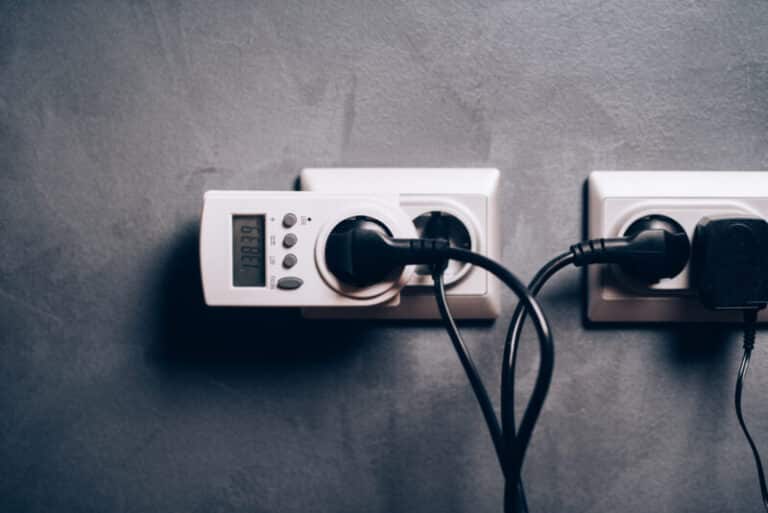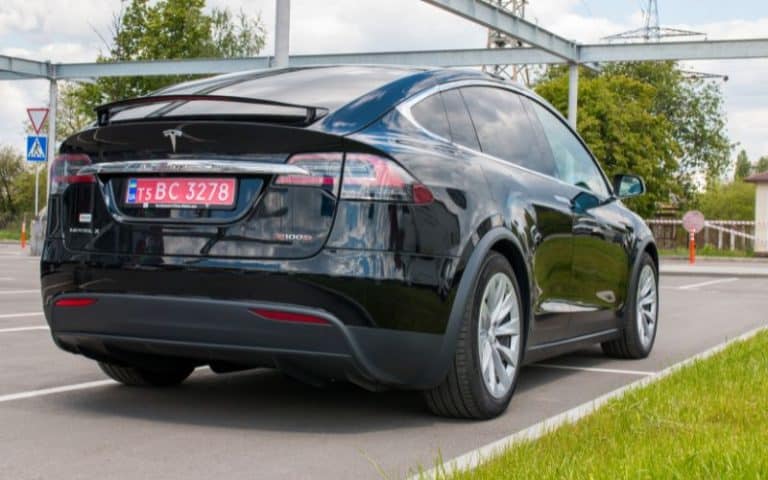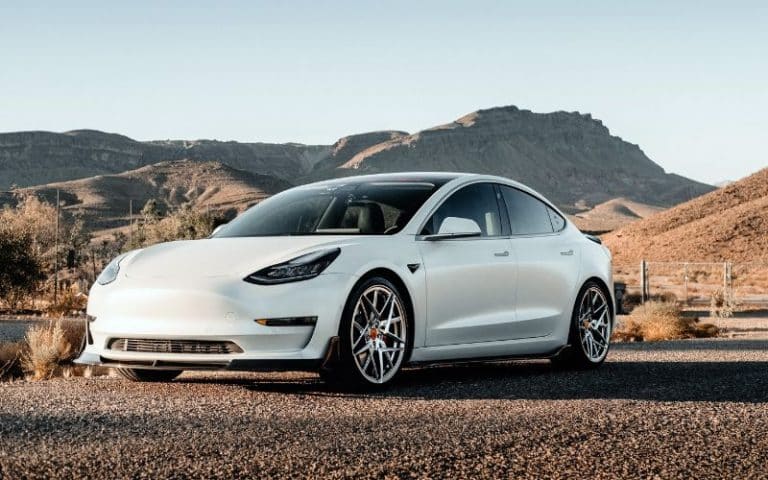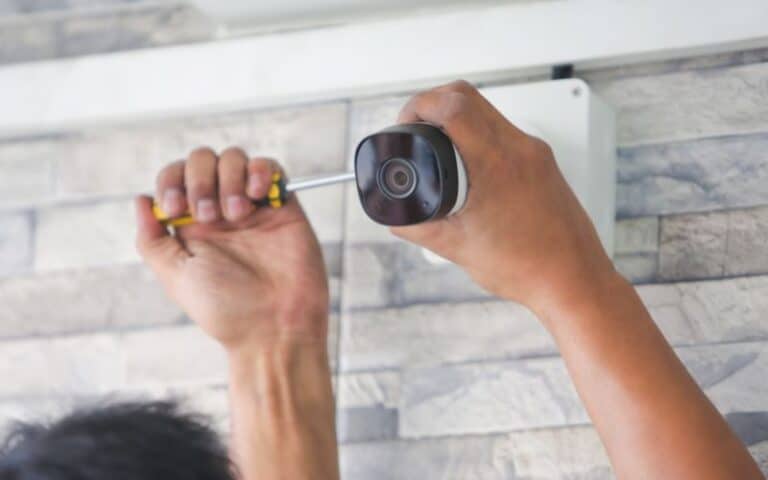What To Do When You Sell Your Tesla Model 3? (Read This First)
Now that Teslas have been on the market for a while, more owners will consider selling them to upgrade to the newest model.
Owners are increasingly exploring alternatives to the Tesla marketplace because of the company’s low component exchange costs.
When you sell your Tesla Model 3, you must erase your personal information before handing it over. Although the methods for selling a car vary from country to country, they all follow some basic requirements for Tesla, such as being transparent about the features and benefits of clearing out essential details and identity about you.
This comprehensive guide outlines everything you need to do before selling your Tesla Model 3 and what to look out for when buying a pre-owned Model 3.
What Are the Things To Do When Selling A Tesla?
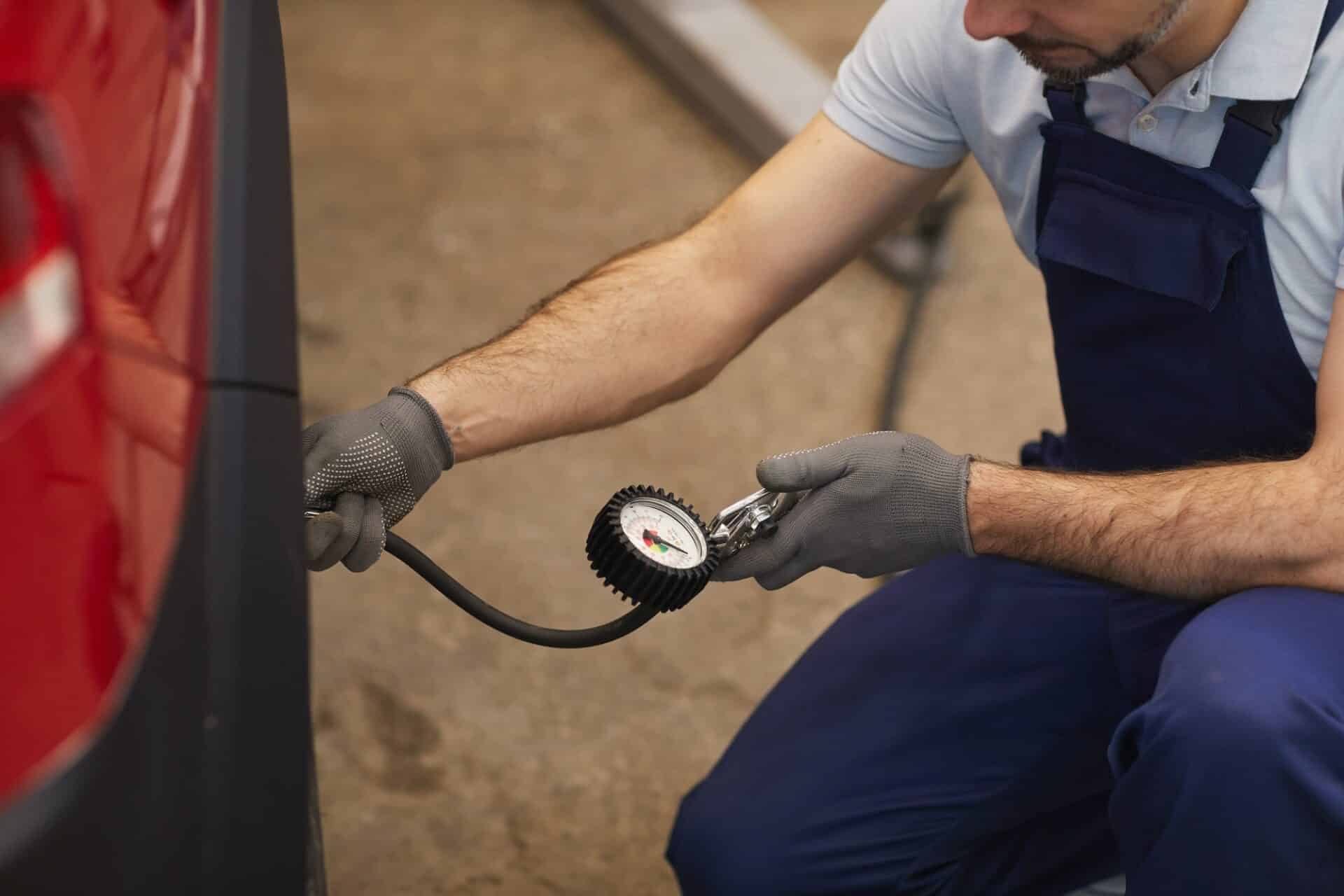
To protect your privacy while selling your Tesla, ensure you check out of your account and delete all of your data before advertising it for sale.
Imagine that you are selling a mobile phone or computer. Before you do so, you delete all of the data on the device to eliminate any possible threats to its privacy.
Do not assume that everything will be removed from your record because you sell or trade your vehicle at a dealership.
There is a good chance they won’t know about you not clearing your Tesla. So, it is best to clear the data yourself to protect your privacy.
However, before you do anything further, double-check that there is no chance you cannot access the car.
Verify that you have the original car key or an RFID card that can still unlock and start the vehicle even if you do not have access to your phone or the companion app.
Should I Factory Reset Tesla Before Selling?
Yes, you should factory reset your Tesla before selling. A factory reset is a good method for deleting all the data and settings stored in the system and returning it to its original state.
There are three primary locations that you should examine while troubleshooting a Tesla vehicle:
- The in-car infotainment system
- The app and account website
- Any connected third-party service
#1. Infotainment System
Always ensure to check the entertainment system to delete all your data. Without such a feature, removing your personal and professional addresses and contacts from the GPS device is best.
The next step is to log out of any external services or apps you may have logged into via the infotainment system, such as a music streaming service.
Look for a button or menu option that will allow you to disconnect the car from the app and your account.
In most cases, the system will automatically connect your account to the car Identification Number of the car.
By disabling the connection, you make the car available to be paired with the account of the subsequent owner.
It also protects you from having to pay extra charges. For instance, the scenario in which you sold your Tesla Model to another individual but neglected to delete it from your Tesla account.
Since the billing information is to your Tesla account, the bill will continue to be sent to you even though the vehicle is no longer in your possession.
#2. Tesla Account Website
Accessing Tesla’s website using a web browser is an additional option for managing the Tesla Model 3 associated with your account.
After you have performed a factory reset on the infotainment system of your Tesla, deleted all of your personal information, and severed the connection between your account and your car.
#3. Third-party Sevices
In addition, you must remove yours from any third-party services combined with the vehicle.
Any additional costs incurred after the sale or trade-in of your Tesla will continue to be shown on your Autocharge+ account until you have successfully disconnected your Tesla from the service.
Before you sell or trade-in your Tesla, you must log out of your accounts, delete any personal information stored on the vehicle, and reset its settings.
Not only will it assist in safeguarding the privacy and security of your data, but it will also give a fresh start for the buyer.
If you want a used Tesla equipped with Full Self-Driving, consider the aspects above carefully.
Although FSD should be filtered out, it shouldn’t be a key component in selecting since Tesla can change policy about the present status quo of permitting it to be transferred from owner to owner.
In addition, you shouldn’t factor Full Self-Driving into your decision to buy a used Tesla to maximize your return on investment in the future.
How Do You Release Ownership Of A Tesla?
You can release ownership of a Tesla in the Tesla app if you no longer own the vehicle.
When ownership of a car is removed from a Tesla account, Tesla will also terminate all paid subscriptions associated with that vehicle.
It will also remove any incentives the original car owner may have earned. However, you should know that withdrawn incentives cannot be returned.
Before you delete a car from the Tesla app, you should properly confirm that you have no further need for access.
Following these steps in the app will allow you to surrender ownership of a Tesla:
- Open the Tesla application.
- To edit your profile, use the gear icon in the upper-right corner.
- Tap the button labeled “Add/Remove Products.”
- Tap the car you want to get rid of under the ‘Remove’ heading.
- Follow the on-screen instructions.
Always note that to use this function inside the Tesla app, you must ensure that you are running the most recent version of the Tesla app.
If you are transferring ownership of your Tesla model to a new owner, an email confirmation will be sent to both of you after completing the procedure.
This procedure takes between three and five business days. However, some features, like supercharging credits, upgrades, and subscriptions, cannot be transferred.
Does Tesla Remove Self-Driving Transfer To New Owner?
Yes, Tesla removes self-driving transfer whenever they hand over used Teslas from the old owner to new owners.
If you own a Tesla equipped with FSD (Full self-driving) software, Tesla will remove the FSD features from your previous vehicle if you trade it in to purchase another.
As a result, the new owner of your pre-owned Tesla will have to pay Tesla to access the FSD software.
However, before removing, there is only one way in which Full Self-Driving can be transferred to a new owner: via a private transaction between current and previous vehicle owners.
With very few exceptions, Tesla has so far permitted Full Self-Driving to be transferred to the subsequent owner of a Tesla for whom FSD was bought.
The software is not deactivated throughout the transfer process, so the new owner can start using FSD capabilities after attaching the newly acquired Tesla to their existing account.
As such, a private sale is one of three options for getting a good deal on a used Tesla with Full Self-Driving and the best method to get some money back if you decide to sell your old model.
Tesla can sometimes sell an active FSD package on their Used Inventory; however, it’s difficult to tell whether the company will let the FSD package stay on the car for owners after the first purchase.
One different place to look for low-cost FSD is at dealerships; however, whether FSD may be transferred after being purchased from a dealership remains unanswered.
#1. At What Point Does FSD Not Transfer?
We will first examine the situations in which Tesla has explicitly said that Full Self-Driving would not transfer and then one where it is less obvious.
To begin with, most Tesla owners are disappointed to learn that transferring the Full Self-Driving software can take longer than expected.
Tesla maintains that the software is an active feature of the automobile, not a software purchase that can be transferred to another vehicle.
Similarly, how Tesla describes a Full Self-Driving subscription gives the impression that the subscription cannot be moved from one car to another.
The remaining time on your FSD membership is exclusive to you and the car for which it was bought and cannot be utilized in any other Tesla.
Also, for salvage vehicles, Full Self-Driving is disabled, much like any Supercharging capability is disabled on Teslas that are legally declared salvage.
The safety risks associated with equipment and sensors that may not perform as planned are the source of Tesla’s rationale in this situation.
As discussed earlier, Tesla has been known to occasionally disable certain functions, including Free Unlimited Supercharging and Full Self-Driving, when sold via a third-party dealership.
Due to the lack of clarity around the history of the vehicle’s previous owners, several car dealerships refuse to include the value of Full Self-Driving in their trade-in or cash offers.
#2. Tesla Models Based on Average Mileage
| Model | Depreciating Years |
|---|---|
| Tesla Model 3 | 10.2% |
| Tesla Model S | 36.3% |
| Tesla Model X | 33.9% |

